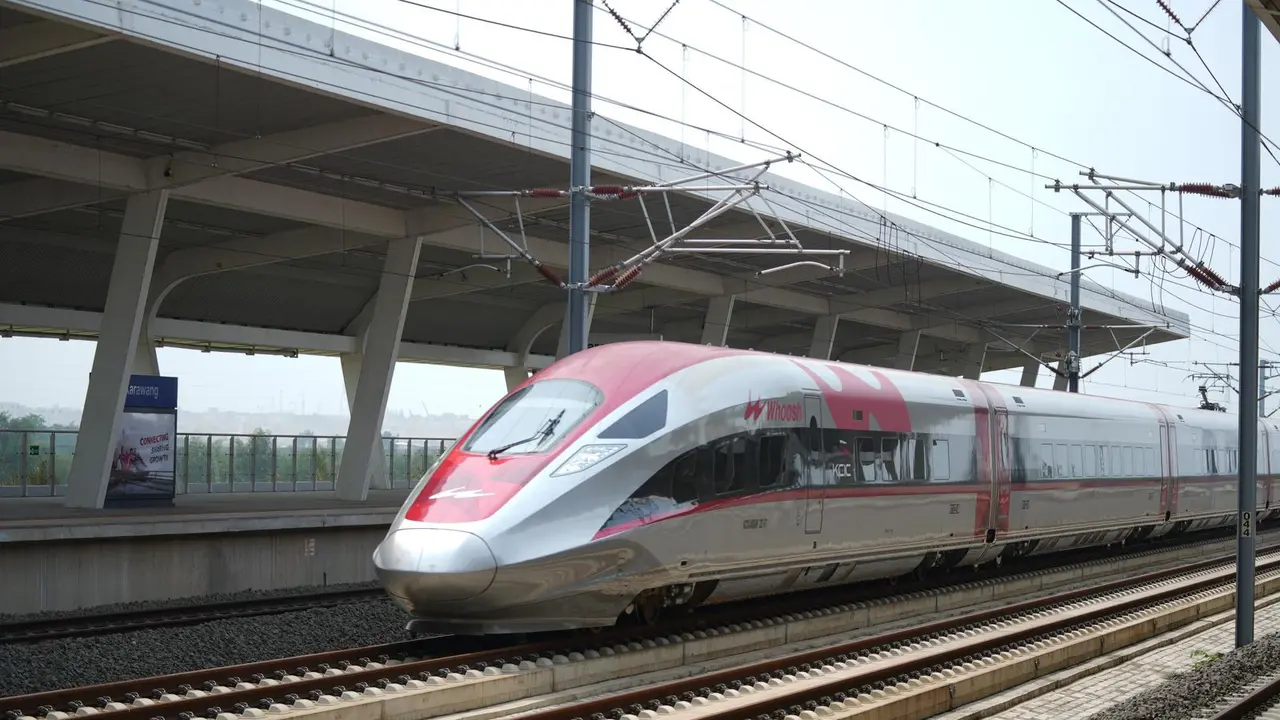Whoosh High-Speed Train Officially Operated by Indonesian Conductors
UncategorizedIndonesia has achieved a new milestone in its transportation sector as the Whoosh high-speed train is now being operated by Indonesian conductors. This development highlights the country’s growing ability to master advanced railway technology and signals a move toward greater independence in operating modern transportation systems.
Local Operators Take the Lead
In the early stages of the Whoosh project, many operational aspects relied on the expertise of foreign professionals, particularly those from countries with long-standing experience in high-speed rail. Over the past year, however, Indonesian conductors underwent intensive training and certification programs, enabling them to take full control of the Whoosh trains.
The Ministry of Transportation confirmed that local conductors now meet the required international standards for high-speed train operation. This achievement demonstrates not only technological transfer but also Indonesia’s determination to empower its workforce.
Training and Capacity Building
The training process was extensive, combining classroom instruction, simulator practice, and hands-on experience with direct supervision from foreign experts. Safety management, emergency response protocols, and advanced system controls were among the core modules.
With this certification, Indonesian conductors have joined a select group of professionals globally qualified to manage high-speed rail. Officials emphasized that the knowledge gained will be passed down to future generations, ensuring sustainable workforce development in this field.
Safety and Operational Efficiency
The presence of local conductors is expected to bring additional benefits to the operation of Whoosh. Their familiarity with local geography, cultural context, and commuter expectations allows them to adapt operations more effectively.
From a safety perspective, locally trained operators provide assurance to passengers. The rigorous training program ensures that conductors are fully prepared to handle emergencies, keeping the Whoosh aligned with international safety benchmarks.
Government Support and Future Plans
The government views this achievement as part of a long-term strategy to strengthen Indonesia’s transportation infrastructure. Plans are underway to expand the training program, establish advanced simulation centers, and collaborate with universities to integrate railway engineering into higher education.
Officials also hinted that future high-speed rail projects connecting additional regions will prioritize Indonesian conductors, gradually reducing reliance on foreign expertise.
Public Response
Passengers welcomed the news with enthusiasm. Many expressed greater confidence knowing that the trains are now managed by local professionals who understand both the technology and the communities being served.
“This makes me proud. Riding the Whoosh feels even more special knowing it’s being operated by Indonesians,” said one passenger.
Industry observers agree that this milestone strengthens public trust and builds credibility for Indonesia’s broader high-speed rail ambitions.
Challenges Ahead
Despite the progress, challenges remain. Continuous training and skill upgrades are essential to keep pace with rapidly evolving technology. Additionally, maintaining strict safety and service quality standards will be critical as passenger demand increases.
Experts also note the importance of building a knowledge-sharing ecosystem—where experienced conductors mentor new trainees—to ensure Indonesia maintains a steady pipeline of qualified professionals.
Conclusion
The transition to local conductors operating the Whoosh high-speed train is more than just a technical achievement. It reflects Indonesia’s broader commitment to technological independence, workforce development, and public confidence in modern infrastructure.
With continued government support and ongoing training, Indonesia is well on its way to becoming a leader in high-speed rail operations in Southeast Asia.

